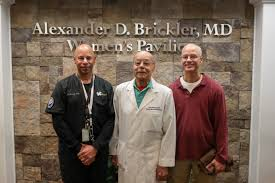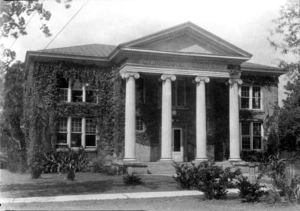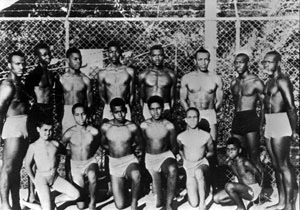
Black History Month is a time when people of color pay homage to those who have paved the way before us. As the month of February comes to an end, it is important to recognize that Harriet Tubman, Malcolm X and Martin Luther King Jr. are not the only ones responsible for the progression of African Americans.
Everyday people of color were and are continuing to excel to reach new heights in hopes to dismantle systematic racism. Little known Black history facts are just as imperative to the history of Black people as the generic information.
Today, FAMU, regarded as the best public historically Black university, did not initially start that way. With just 15 students and three instructors it began classes on Oct. 3, 1887 under the name Florida State College for Colored students. The school offered longevity in the community for higher education and employment.
As a Black college located in the capital of Florida, FAMU has been at the heart of major history for African Americans. On Feb. 20, 1960 two sisters who founded and led the Tallahassee chapter of the Congress of Racial Equality (CORE) led a series of nonviolent sit-in protests at segregated lunch counters. Sisters Patricia and Priscilla Stephens were arrested along with other FAMU students and charged with civil disobedience.

Just down the street from FAMU is Tallahassee’s Bethel Missionary Baptist church, which has great ties to the African American community. A slave by the name of James Page was the church’s first pastor. Page was relocated from Virginia to Florida in 1880 with his owner. His duties as a slave were gardening, carriage driving and a body servant to his owner John Parkhill. After Page was ordained in 1883, Parkhill gave him land, a horse and a buggy. No further information was recorded in the State Library and Archives of Florida.
It’s no secret that swimming is not particularly popular in the Black community. Due to segregation there was not a pool that people of color could use. This resulted in wade-ins by Blacks at all-white pools in Tallahassee. In response the city built a pool for Blacks known as the Robinson Trueblood swimming pool, which was located on Dade Street in Frenchtown. This swimming pool was great for the community because it provided an opportunity for Blacks to learn how to swim, start or join the swim team and train as lifeguards. No further information was recorded in the State Library and Archives of Florida.

Photo courtesy Florida Archives
Dr. Alexander D. Brickler is Florida’s first Black obstetrician-gynecologist. Born Jan. 5, 1929 in Indianapolis, his career began in 1946 when he attended Howard University in Washington, where he met his wife. In 1953 Brickler graduated from Meharry Medical College School of Medicine in Nashville, Tenn.
Following medical school, for two years Brickler enlisted in the Air Force, where he completed his residency training as a military physician at Lockbourne Air Force Base Hospital in Columbus, Ohio. He was assigned the obstetrician-gynecologist specialty.
In 1957 Brickler relocated to Tallahassee and for 15 years he practiced medicine at Florida A&M University hospital which evenetually merged with Tallahassee Memorial Hospital. In 2014 TMH renamed its women’s pavilion the Alexander D. Brickler, MD Women’s Pavilion. Brickler is still alive today at the age of 92.